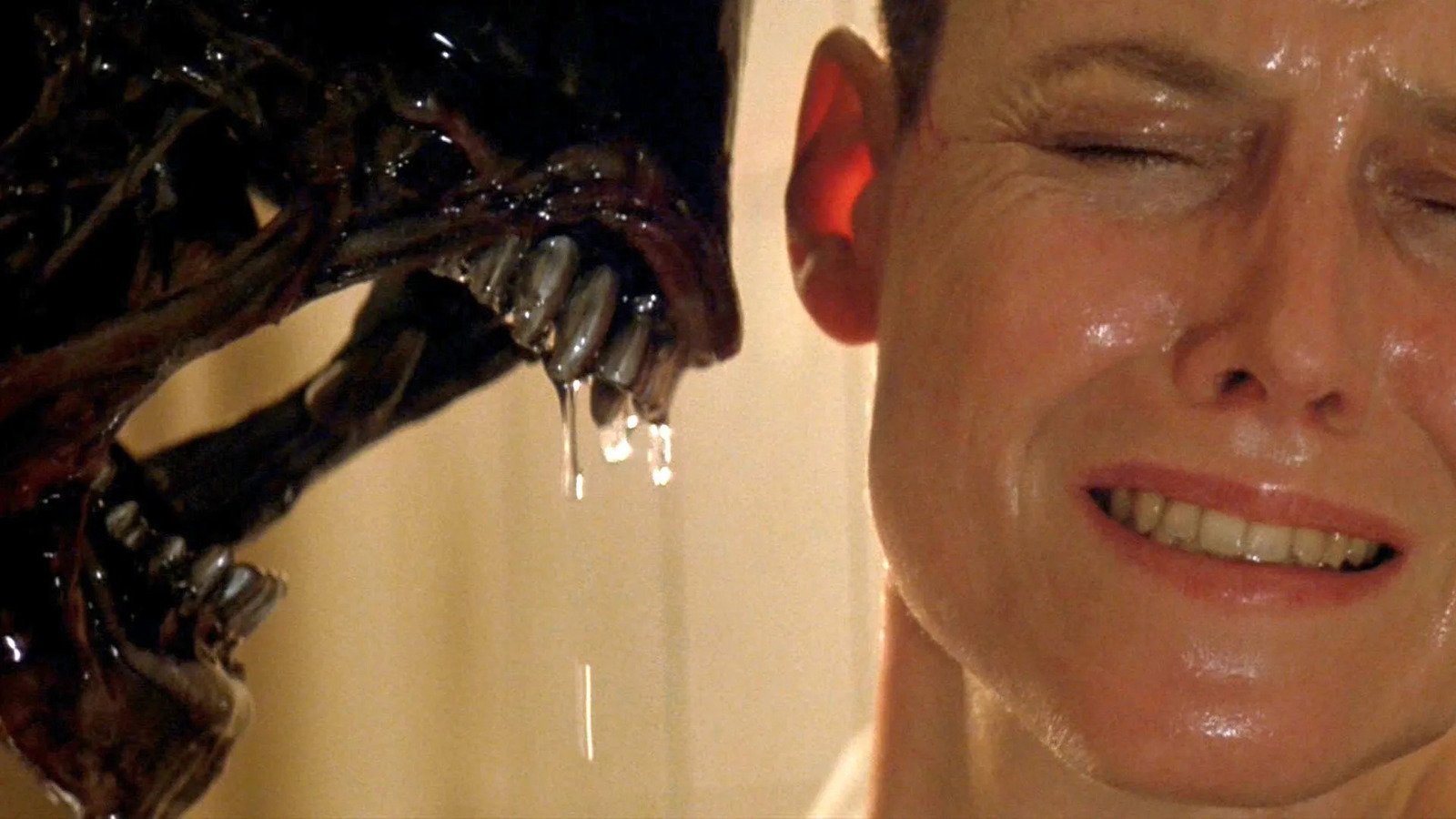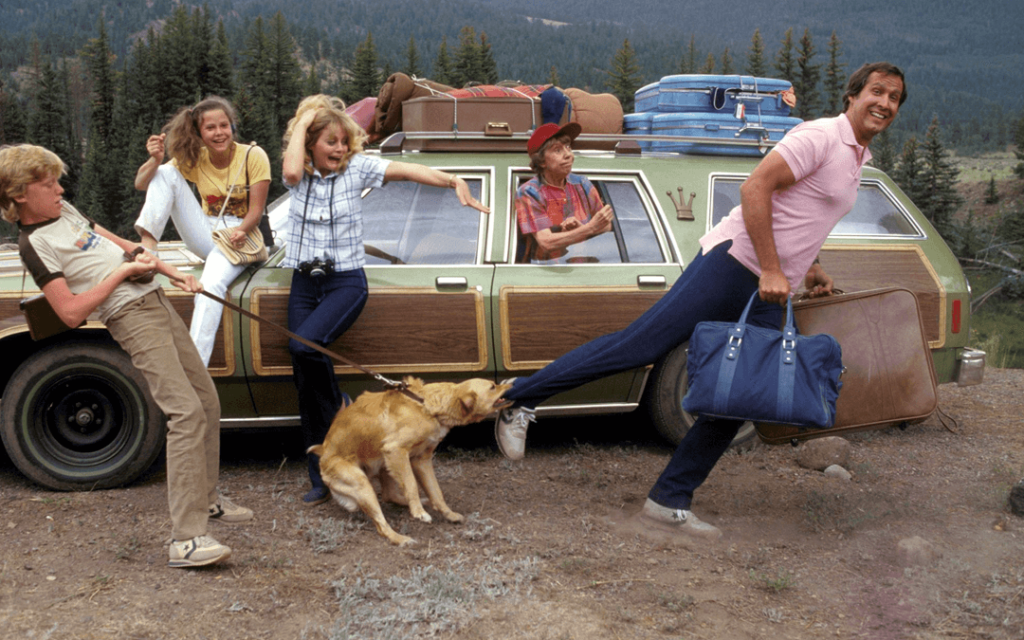Right Story, Right Character
September 7, 2022
In my article about National Lampoon's Vacation, I wrote that one of the reasons for the film’s success was it paired the right character with the right story. Sometimes there is a tendency for screenwriters to focus more on plot and less on the protagonist who has to work within the plot. Oftentimes the difference between a great concept and great screenplay is the combination of the right story with the right character. If readers are connecting with your protagonist and they’re helping to bring out the best aspects of your story, it could increase the chances of selling your script and having it produced. This is why the importance of “right story, right character” can’t be stressed enough.
The reason I used National Lampoon’s Vacation as an example of right story, right character is because in John Hughes’ original draft Rusty Griswold was the point-of-view character instead of his overzealous father Clark. Chevy Chase becoming attached to the project is what led to Hughes rewriting the script and changing the focus to place Clark Griswold firmly in the driver’s seat. This changed the entire tone and comedic engine of the story and resulted in a madcap comedy classic instead of an earnest coming-of-age story. It’s unlikely this originally-conceived version of the film would have resulted in a blockbuster, let alone four sequels.
Similarly, The Hangover went through a major rewrite by an uncredited Jeremy Garlelick, who in addition to writing many of the film’s most memorable scenes created the brother-in-law character Alan. Zach Galifianakis’s performance as this character not only made him a star, Alan arguably became the most iconic element of the film and its two sequels. In Jon Lucas and Scott Moore’s earlier draft, the third wheel of the comedy trio is “a former high school linebacker and lovably dimwitted father of two”. It’s a good story regardless, but imagine The Hangover without Alan. Not nearly as idiosyncratic and not neary as funny, right? What elevates the romp is the fact that Alan doesn’t care if they find the missing groom or not (even though it’s his future brother-in-law). This is because Alan’s having an absolute blast. It’s the first time in his life he gets to hang with a cool guy like Bradley Cooper’s Phil and feel like he’s got friends. He’s part of a unit or as he calls it, “Wolf Pack”. When Alan sings “We’re the three best friends that anyone could have”, we’re exposed to the true heart of The Hangover. It’s about a misfit man-child’s chance to finally play with others. Right story, right character. Without Alan, The Hangover is an entirely different film and might not have been a massive blockbuster and comedy classic.
The right story, right character rule doesn’t apply only to comedies. Of course dramas are often driven by a strong character, but even the most popular action films have benefited by placing just the right character into harm’s way. One of the best examples of this is perhaps the action classic Die Hard. Unknown to many, the film’s genesis began with the 1979 novel entitled Nothing Lasts Forever written by former police officer Roderick Thorp. The novel contained the basic concept and plot that appears in the film adaptation: A NYPD detective is visiting a high-rise office building in Los Angeles where a loved one works and is attending a Christmas party when a group of terrorists take over the skyscraper and hold the party attendees hostage. As in the film, the NYPD detective ends up being a thorn in the side of the terrorists and many of the film’s set-pieces and beats follow a similar trajectory.
The biggest difference is in the novel the NYPD detective is Joe Leland — the same hard-boiled detective from Thorp’s book The Detective (also adapted into a film starring Frank Sinatra) — and he’s visiting his daughter who is attending the Christmas party rather than an estranged wife. Obviously the concept of a police detective trapped in a high-rise office building with a bunch of terrorists was a great idea for an action film and when producers enlisted screenwriter Jeb Stuart to adapt the novel, they said he had creative freedom just as long as he maintained the basic plot. Inspired after a fight with his wife, Stuart reimagined the protagonist as a younger and more flawed detective who was separated from his wife. In doing so, he created John McClane: One of the most popular protagonists in film history. In place of the daughter would be McClane’s wife and the emotional through-line became more pronounced in the story. Ultimately, the story isn’t just about McClane saving a loved one, it’s about admitting he was wrong and reconciling with them. As great as the concept is in Die Hard, McClane being the cop in the building wanting to patch up with his wife is one of the primary things that connected with audiences. It’s what led to a blockbuster and four sequels. Imagine if it was an old school hard-boiled detective in that building and not a more vulnerable John McClane being put through the wringer!
Or imagine if Stan Lee decided to have Flash Thompson get bitten by the radioactive spider instead of Peter Parker. A high school football player with spider powers might have still been cool, but it wouldn’t have had nearly the same impact as an underdog who never had any physical prowess beforehand. Furthermore, Peter Parker was a character who was constantly balancing problems in his personal life with the latest supervillain crises. This imbued the character with more relatability and depth than your previously less flawed super hero archetypes. Stan Lee’s practice of right story, right character led to arguably the most popular super hero in comic book history and remains the core element of a pop culture phenomenon that persists to this day. Even in the highly successful film franchise — from 2002’s Spider-Man to 2021’s Spider-Man: No Way Home — Peter Parker remains that same character no matter who the actor is portraying him. If you didn’t care about Peter, it wouldn’t matter how cool his spider powers were. The same can be said of many super hero characters who were created in the wake of Amazing Fantasy #15 (Spider-Man’s first appearance). It’s not just about the super powers but who is wielding them.
On the flip side, if you have a great character but not the right story for them, it’s unlikely to make an impact on the reader (and even less likely to result in a script sale). Just imagine if Sylvester Stallone had written Rocky as a slice-of-life story and Apollo Creed never came around offering him a shot at the title. Rocky would have never had a chance to prove he wasn’t “just another bum from the neighborhood.” Or what if Brody, Hooper and Quint had simply gone fishing in Jaws and they weren’t hunting a great white shark? Or what if Dominic Toretto was involved in DVD piracy instead of hijacking cars in The Fast and the Furious? Popular film after popular film will reveal the combination of right story, right character.
If you have a great character without a story, ask yourself: What story will test this character and bring out what’s most engaging and entertaining about them?
If you have a story but haven’t considered the character, ask yourself: What kind of character will add depth and humanity to the story? Is there a chance for an extra layer of irony or subversion? Is there something about this character colliding with this plot that creates an even bigger concept than initially conceived?
When you can answer these questions, you might have more than a great screenplay on your hands.
You might have a classic film.
Written by: Edwin Cannistraci
Edwin Cannistraci is a professional screenwriter. His comedy specs PIERRE PIERRE and O’GUNN both sold with more than one A-list actor and director attached. In addition, he’s successfully pitched feature scripts, TV pilots and has landed various assignment jobs for Universal, Warner Bros, Paramount and Disney.



